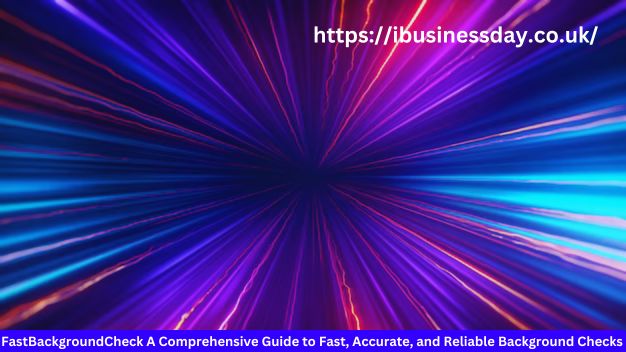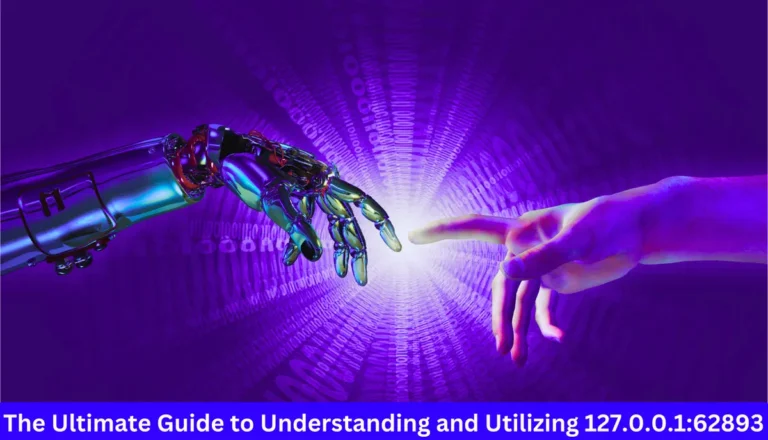Privileged Access Management (PAM): Safeguarding Your Organization’s Vital Assets
PAM has become a cornerstone strategy to protect sensitive organizational assets in today’s interconnected digital landscape, offering solid solutions against cybersecurity risks associated with elevated user privileges. Organizations bolster their security posture by employing stringent access controls and advanced monitoring mechanisms while meeting regulatory requirements more efficiently. This article explores its fundamental principles, benefits, and best practices, which guide enterprises toward adequate asset protection in an era characterized by rapid digital transformation.
Understanding Privileged Access
Privileged Access refers to granting elevated permissions to individuals or systems within an organization, providing Access to essential resources and sensitive data. While system administrators, developers, and other trusted personnel need this level of Access for the adequate performance of their duties, improper Privileged Access Management (PAM), strategies must include stringent controls, regular audits, and monitoring to manage any risks that this access level might present and ensure its integrity within organizational security frameworks.
Key Components of PAM
PAM encompasses several key components essential to modern security programs:
- Identification and Authentication (I&A): Verifying user identities before allocating appropriate access levels:
- Role-Based Access Controls (RBAC): Assigning permissions according to roles so that only necessary privileges are assigned;
- Monitoring and Auditing: Proactive surveillance and auditing of privileged activities to assess compliance.
- Session Management: Controlling sessions to limit unauthorized Access.
- Integrating PAM Solutions With Existing Security Frameworks: Integrating PAM solutions into existing security protocols to increase overall protection is a proven strategy to bolster an organization’s defenses against internal and external threats, protecting critical assets while upholding operational integrity. These components strengthen organizational defenses against internal and external attacks while safeguarding important assets and maintaining operational integrity.
Compliance Management System
An essential feature of regulation compliance is using Compliance Management Systems in an organization. These are policies, procedures, and controls used to minimize cases of embezzlement within the company and regulate every business transaction. When an organization is connected to an SIS like PAM, it can meet the requirements of different regulations concerning information protection and security like GDPR or HIPAA. Compliance management prevents legal issues and should be seen as a company’s commitment to doing the right thing for its stakeholders. Creating a compliance program leads to a culture of openness and accountability, and both are prerequisites for sustainable organizational success in light of today’s stringent regulations.
Best Practices for Effective PAM Implementation
Implementing PAM requires an approach designed to provide comprehensive security and regulatory compliance. Best practices for PAM implementation include developing a tailored PAM strategy explicitly tailored to organizational needs, emphasizing role segmentation to enforce least privilege principles, conducting regular reviews of access policies, seamlessly integrating it with existing IT infrastructures, prioritizing user training programs and prioritizing awareness programs – these practices not only strengthen defenses against cyber threats but also increase operational efficiencies while aligning regulatory alignment – ultimately protecting critical assets effectively against threats in an ever-changing threat landscape.
PAM Tools and Technologies

Modern PAM solutions rely on cutting-edge technologies to strengthen security and streamline access control processes, offering tools with features such as privileged session management, automated password rotation, and real-time monitoring of privileged user activities. Their integration capabilities with identity management systems and Security Information and Event Management platforms further bolster their effectiveness at promptly detecting and responding to unauthorized access attempts. In addition, leading PAM technologies focus on user-friendly interfaces and scalability to meet diverse organizational needs and guarantee seamless implementation and ongoing management.
Cloud-based PAM solutions have quickly become an appealing choice among organizations due to their flexibility and scalability, enabling organizations to manage privileged Access across distributed environments efficiently. These platforms offer centralized control of access policies and user permissions for enhanced visibility and compliance with regulatory requirements. In addition, artificial intelligence (AI) and machine learning advancements facilitate proactive threat detection with adaptive access controls for improved cyber defense capabilities. As organizations transform into digital businesses, PAM tools become essential safeguards in protecting critical assets while maintaining operational continuity.
Future Trends in PAM
As technology develops, PAM stands to benefit greatly and meet evolving cybersecurity challenges. AI and machine learning will be critical in expanding PAM capabilities, providing predictive analytics for preemptive threat mitigation and user behavior analysis-based adaptive access controls. Cloud-based PAM solutions will continue to gain prominence, offering greater scalability and flexibility to support hybrid IT environments. Furthermore, there has been an emphasis on integrating PAM with DevOps practices to automate and secure privileged Access in agile development pipelines. Furthermore, as regulatory environments shift, PAM solutions will adapt accordingly, ensuring compliance with global standards while protecting against sophisticated cyber threats.
Conclusion
In conclusion, PAM serves as a cornerstone of safeguarding organizations’ vital assets from cyber threats, and businesses that implement robust PAM strategies and technologies increase their security posture and meet regulatory compliance. PAM continues to evolve alongside AI, cloud computing, and integration capabilities; organizations should prioritize proactive measures and continuous improvement to ensure optimal protection in an ever-evolving digital environment. By cultivating awareness and accountability within organizations, they can effectively mitigate risks associated with privileged Access and foster long-term resilience in an ever-more digital landscape.







